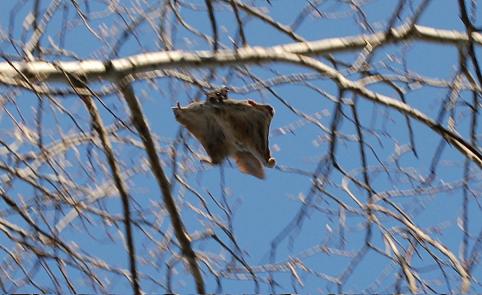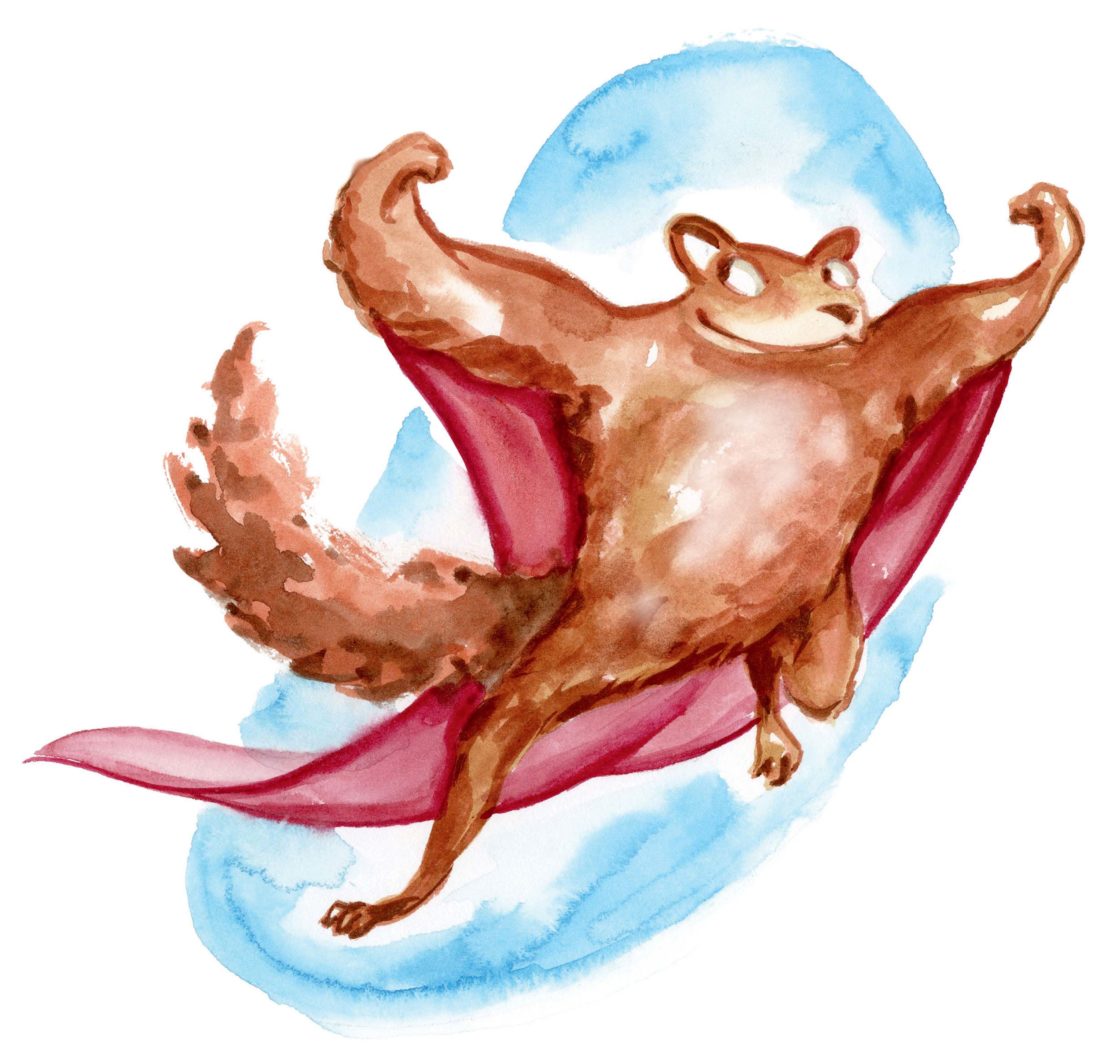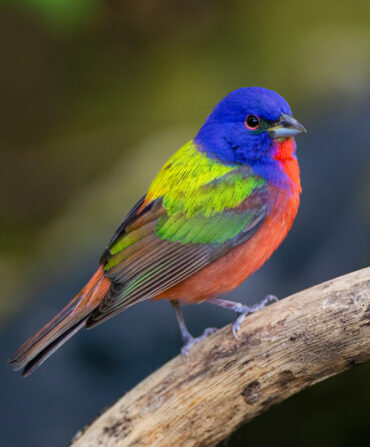In early summer, biologists peer inside wooden nest boxes set in the high-elevation forests of West Virginia, hoping to record the presence of an elusive forest dweller: a northern flying squirrel subspecies found only in the Mountain State and in nearby corners of northwestern Virginia. “Most people have never laid eyes on one,” says Mark Ford, a wildlife biologist who saw his first wild Glaucomys sabrinus fuscus in 1997 and has researched them for the U.S. Geological Survey since. “They glide between trees and use their tail as a rudder. And, as rodents go, this is an outstanding-looking rodent.”

Since the squirrel was removed from the federal endangered species list in 2013, the survival and growth of the species depends on one thing: red spruce forest restoration. Red spruce was logged to as little as 10 percent of its original distribution, but thanks to the Central Appalachian Spruce Restoration Initiative, the tree is making a comeback. “What’s good for the spruce is good for the squirrel, and vice versa,” says Shane Jones, a wildlife biologist with the U.S. Forest Service.

Squirrels play a vital role in the forest ecosystem: They eat and spread truffles of fungi that increase nutrient and water absorption in tree roots. While their numbers are on the rebound, the nocturnal fliers are still elusive, but a determined hiker might catch a glimpse of one in the red spruces of the Monongahela National Forest.








